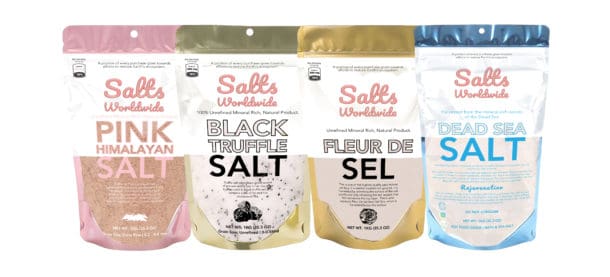There is much debate about the two main types of salt used in kitchens. The common debate centers around kosher salt and table salt. What is the difference between kosher salt and sea salt? While generally recommend that you keep all of these on hand for baking and cooking, you can also use them interchangeably for some special occasions. Here are a few examples to explain the difference.

Kedar and Mesalamine A natural product, kosher salt contain a fine coating of minerals that give it the color and soft feel we expect in a salt. Its molecular structure is very similar to sea salt. Because it contains magnesium, potassium, and manganese, it has a typical coarse texture. It is grayish grey in color and its texture tends to be waxy when brandished. This makes it ideally suited for sprinkling or rubbing into food. As it has no dye, it has no distinctive color, but it does have a soft grain that can add flavor.
Sea Salt Refined Another natural product, sea salt is made by boiling liquid sea water and adding coarse grains of sea salt. During the process, many chemical elements in the liquid undergo changes that leave behind a fine array of mineral defects. The most commonly used minerals are calcium, sodium, and potassium. While they improve the flavor of foods they do not alter the pH level in the liquids. Because the minerals enhance the flavor, they are often added sparingly to table salt.
Natural Table Salt One of the main differences is that sea salt and table salt differ primarily in the ways they are processed. Sea salt is harvested by channeling water into large, deep holes in the sea floor, while table salt is processed much like it sounds. It goes through numerous commercial processes to increase the bulk, texture, color and salt concentration. After the harvesting process, sea salt is usually further refined to make it usable as a table salt product. Table salt on the other hand is usually made from sea salt obtained from the same waters in which the sea salt was harvested. The process of refining table salt affects the mineral content, color, and salt ‘bases’ in a way that sea salts cannot.
Chelation therapy Sodium chloride is sometimes used as a treatment for various disorders including high blood pressure, fatigue, depression, arthritis, constipation and gastric ulcers. In the same way as using table salt to flavor foods, the chemical compound sodium chloride is used as a treatment for conditions such as hypertension. While using sea salt for these purposes is permissible, there are some rules to follow in order to maximize the therapeutic effects of these salts. The first rule is not to use more than three-eighths of a teaspoon of sodium chloride for each tablespoon of sea salt that you will be seasoning evenly.
Mixing A mixture of kosher salt and sea salt to produce a pasty white ‘paste’ is one of the most popular cooking tricks. This paste is used for preparing a wide range of culinary and health food products. Sea salt and table salt must be combined according to a specific procedure in order to avoid lathering up in undesired salts. Before blending sea salts and table salt together, make sure that both ingredients have been dissolved completely in water.
Reaching the Correct Mix It is important that when kosher salt and sea salts are mixed, the resulting mixture is the correct consistency. When ingredients are combined at too high of a ratio, there will be a lot of salt in the final product. The same can also be said for mixing dairy and kosher products. The consistency of the final product depends largely on the amount of liquid that is incorporated into the ingredients.
There are many different styles of table salt that can be used as a food seasoning agent. Although table salt is usually prepared and used for seasoning food based dishes, sea salt can also be added to the cooking process. This particular type of salt can also help bring out the flavor of certain foods, although it is not recommended that sea salt is sprinkled on food during the cooking process. Most kosher salt is heat-treated to increase its longevity and protect it from moisture.



